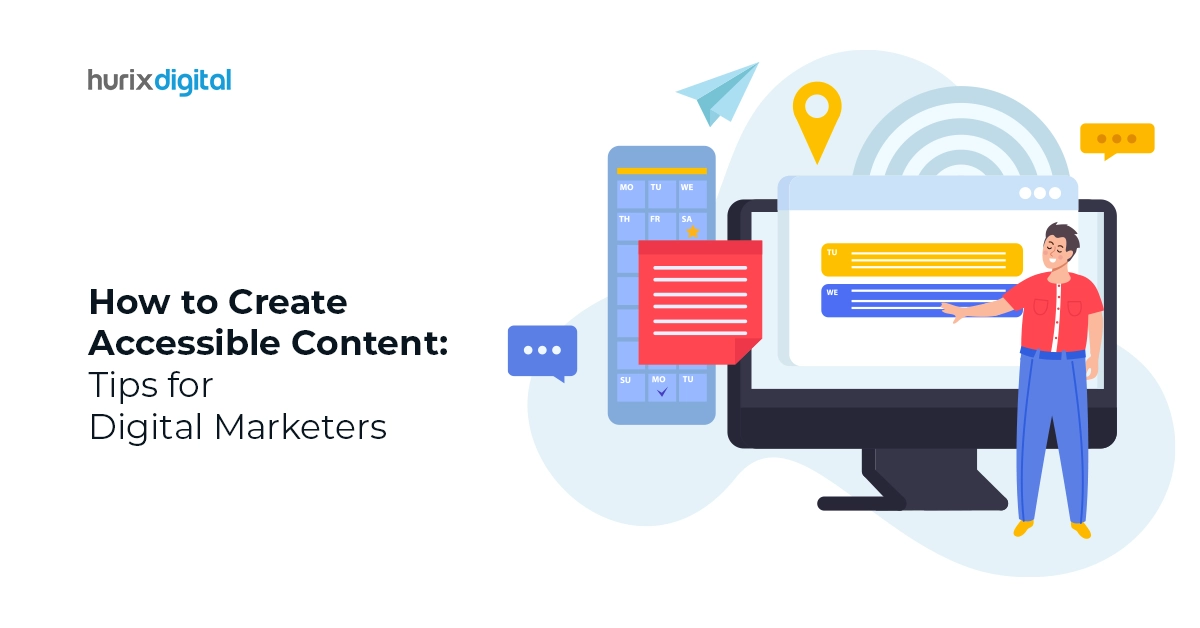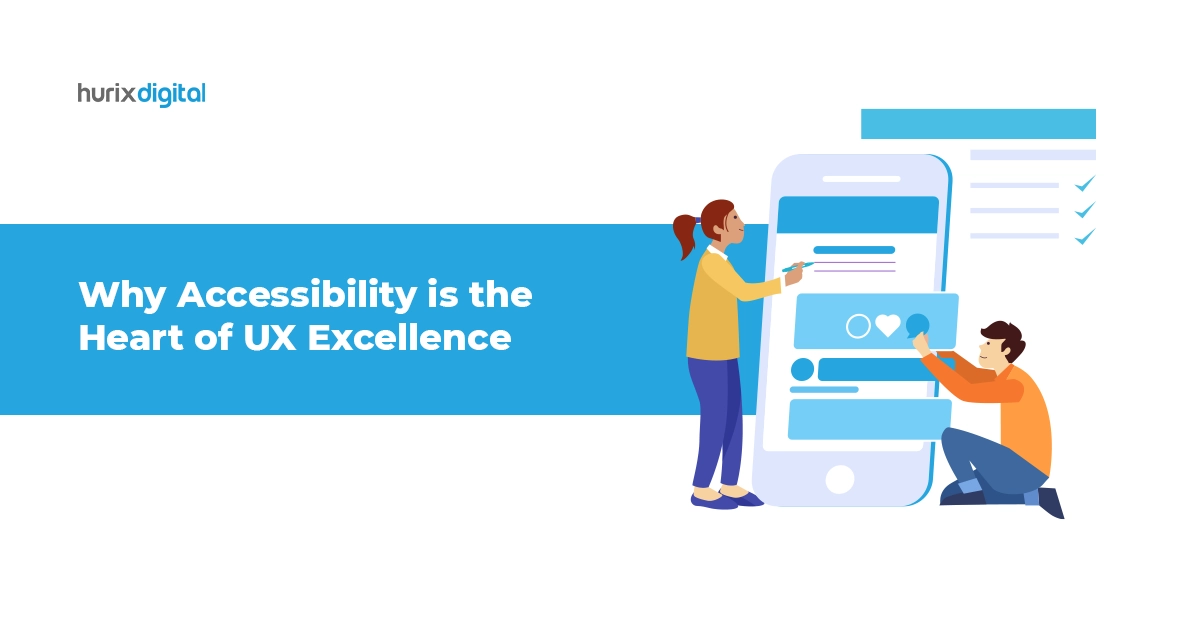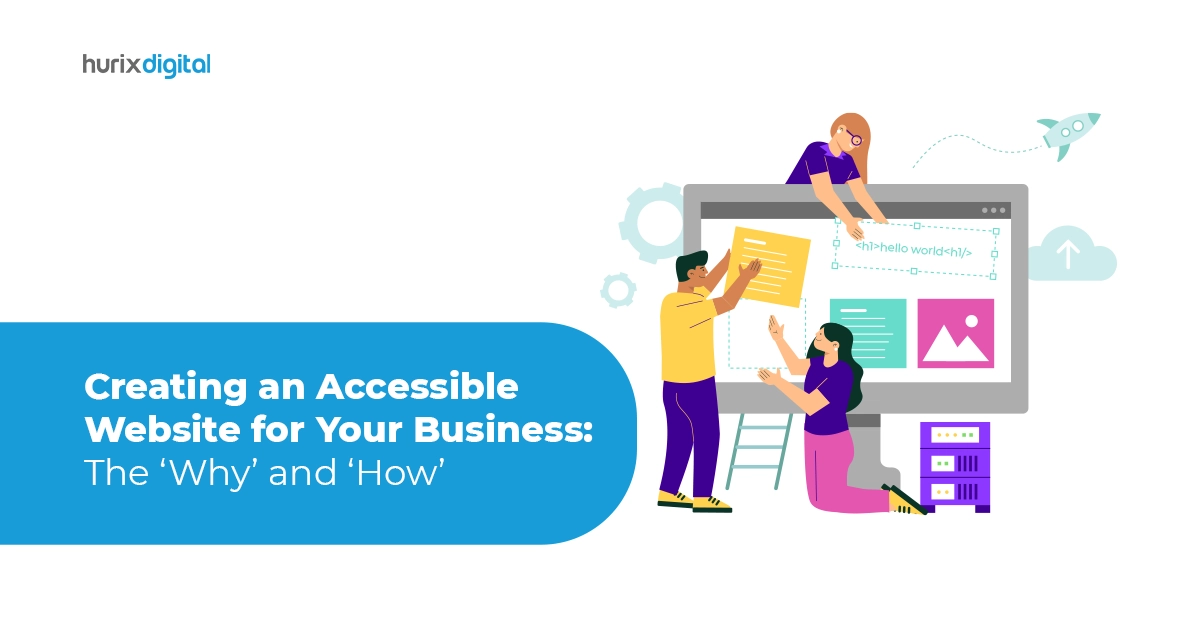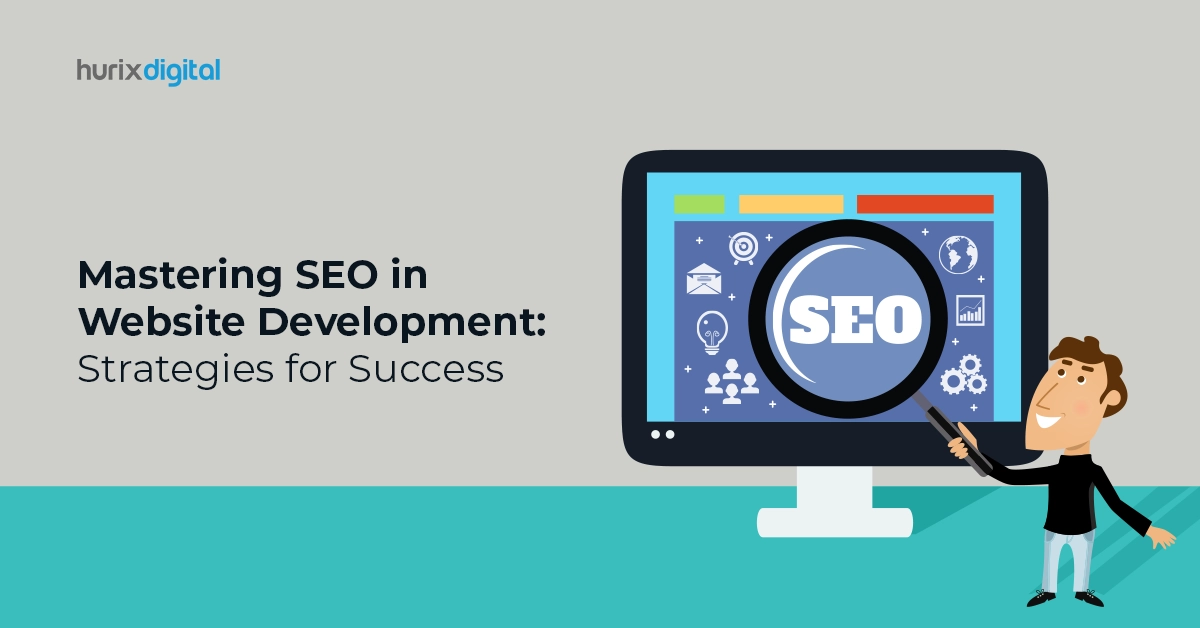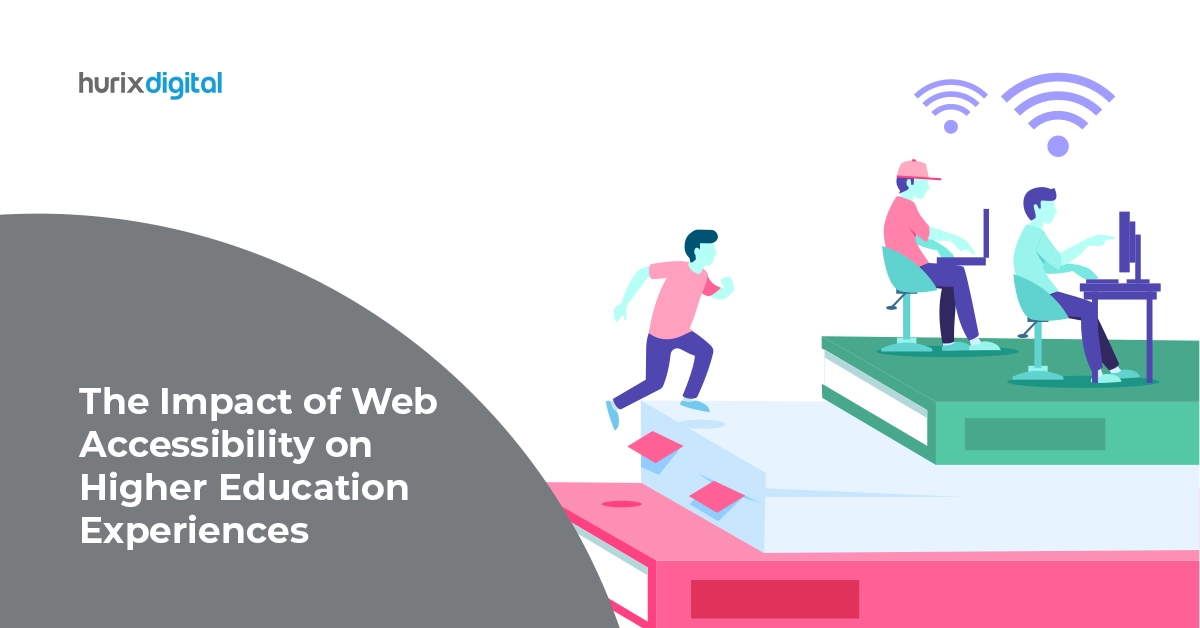Summary
This blog explores the importance of creating accessible content for digital marketers. From understanding WCAG guidelines to implementing SEO best practices, discover how to make your content more inclusive and improve search visibility.
In the digital landscape, where content creation reigns supreme, ensuring your content is accessible to all is paramount. Accessibility isn’t just a buzzword; it’s a fundamental aspect of content creation that aligns with dei principles (diversity, equity, and inclusion) and fosters inclusivity for all users. As digital marketers, it’s crucial to incorporate accessibility into your content creation strategies to reach a broader audience and comply with WCAG guidelines.
So, what exactly does it mean to create accessible content? At its core, accessible content refers to material that can be easily consumed and navigated by individuals with disabilities, such as vision disabilities. This includes optimizing content for screen readers, providing alternative text for images, and ensuring proper contrast for readability.
One of the primary benefits of prioritizing accessible content is its positive impact on SEO best practices. Search engines, like Google, prioritize websites that adhere to accessibility standards, thus improving your search visibility. By implementing WCAG guidelines into your content strategy, you not only enhance the user experience for all but also boost your site’s ranking in search engine results.
Table of Contents:
- Five Benefits of Web Accessibility for Digital Marketers
- Seven Practical Tips for Creating Accessible Content
- Conclusion
Five Benefits of Web Accessibility for Digital Marketers
Here are 5 key benefits of web accessibility for digital marketers:
1. Reach a Wider Audience
An accessible website opens up your content to people with disabilities, an estimated 15% of the global population. That’s a huge demographic to tap into!
2. Enhanced SEO
Many web accessibility best practices like alt text, headings tags etc. also optimize pages for search engines. So you improve search visibility alongside accessibility.
3. Compliance with Legal Requirements
In many countries, web accessibility guidelines are mandated by law to prevent discrimination. Failure to comply can mean legal penalties.
4. Stronger Brand Reputation
An accessible site demonstrates a brand commitment to diversity and inclusion – qualities consumers increasingly prefer. It’s great PR!
5. Future-proofing Marketing Strategies
With advanced voice controls, wearables and AI assistants gaining steam, accessible sites will seamlessly connect to emerging technologies.
Also Read: 5 ways to make web accessibility effective
Seven Practical Tips for Creating Accessible Content
Here are some tips on how you can create truly accessible content that ranks higher and reaches a wider audience:
1. Embrace Plain Language
Accessible Content starts with clear and concise communication. Ditch jargon and overly complex sentences. Opt for plain language that’s easy to understand for a wider audience. This not only benefits users with cognitive disabilities but also enhances readability for everyone. Remember, Google’s algorithms favor clarity and user-friendliness, making this an SEO best practice as well.
2. Paint a Picture with Words
Images are powerful tools, but they’re meaningless for users who can’t see them. Enter the alternative text (alt text), your key to unlocking understanding. Use descriptive alt text for each image, conveying its purpose and information content. Don’t just say “image of a dog,” describe what the dog is doing, the emotions it conveys, or its role in the content. Remember, alt text is read by screen readers, so be detailed but concise.
3. Let Your Videos Speak Volumes
Videos are engaging, but not if they’re silent for those with hearing impairments. Integrate closed captions and transcripts for all your video content. This not only allows everyone to enjoy the videos but also makes them searchable by crawlers, boosting your SEO. Remember, the advancement of AI technology allows for automated captioning solutions, making this process easier than ever.
4. Design for Diverse Abilities
Web accessibility goes beyond content. Your website itself should be navigable for everyone. Follow WCAG guidelines to ensure proper color contrast, keyboard navigation compatibility, and clear website structure. This not only benefits users with disabilities but also makes your website user-friendly for everyone, contributing to a positive user experience.
5. Think Beyond Text and Vision
Accessible Content isn’t limited to visual and auditory considerations. Users with cognitive disabilities might struggle with complex navigation or overwhelming layouts. Keep your website design simple, use clear labels and instructions, and avoid flashing elements that can trigger seizures. Remember, inclusivity means considering all abilities, not just the most obvious.
6. Test with Assistive Technologies
No matter how carefully you craft your content, testing it across assistive tools is vital. Analyze site content using commonly relied on screen readers like JAWS or NVDA. Browser extensions like Web Developer and WAVE also help spot accessibility errors that may have been overlooked.
Checking your website’s color contrast ratios, link text clarity, compatibility with magnifiers and more gives insights into gaps. You can then refine the content accordingly so vision-impaired users don’t face roadblocks.
As digital marketers, staying informed about the advancement of AI technology is also crucial in enhancing accessibility. AI-powered tools can help automate the process of creating accessible content, from generating alt text for images to identifying and fixing accessibility issues on your website.
7. Continuously Learn & Improve
Much like SEO, a single checklist won’t suffice when creating accessible content. You need to adopt an iterative approach focused on continuous improvements.
Stay updated on the latest WCAG guidelines, emerging assistive technologies, and even seemingly minor OS & browser updates that could impact how accessible your content is.
Audit old content pieces that may need overhauling based on new findings. Maintain an internal knowledge base of lessons learned and best practices. With this proactive strategy, you’ll stay ahead of the curve when marketing responsibly.
Also Read: Tips and Tricks for Making Your Content More Inclusive
Conclusion
In conclusion, creating accessible content is not only a moral imperative but also a strategic advantage for digital marketers. By integrating WCAG guidelines and accessibility best practices into your content strategy, you can reach a wider audience, improve user experience, and boost your site’s search visibility. Remember, accessibility benefits everyone, making the digital world a more inclusive space for all users.
Ready to enhance your content strategy with accessibility in mind? Hurix Digital offers comprehensive solutions to help you create and optimize accessible content. Contact us today to learn more about how we can support your accessibility initiatives and empower your digital marketing efforts.


